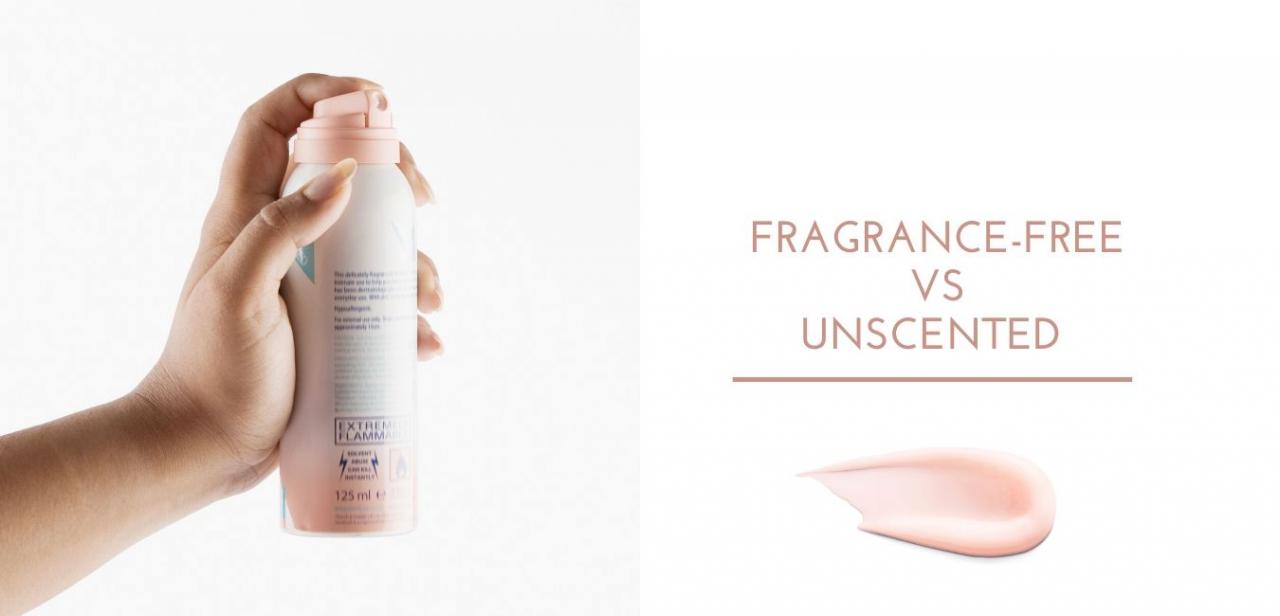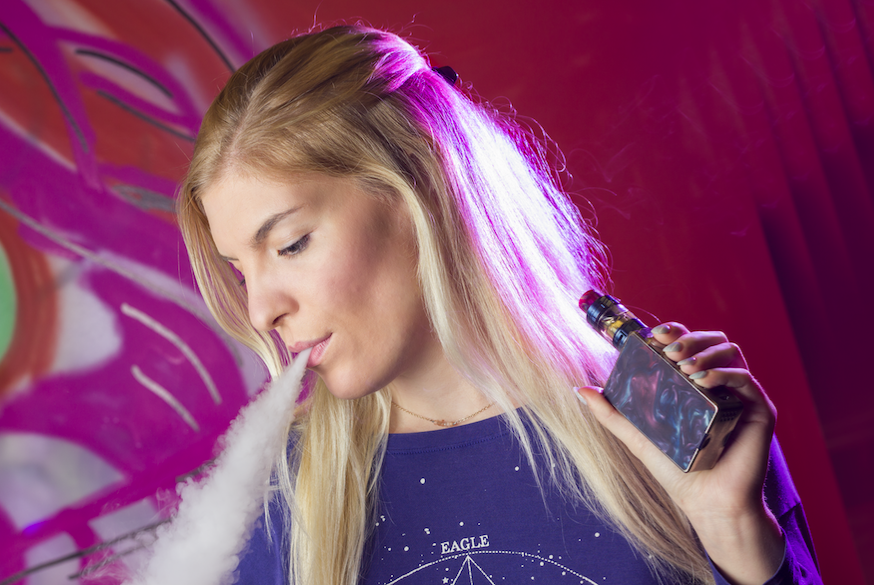 Photo: Getty Images
Photo: Getty Images
Fresh smelling clothes may be the hallmark of cleanliness, but did you know that fresh scent is also classified as air pollution?
University of Washington professor Anne Steinemann’s research shows air vented from machines using the top selling scented liquid laundry detergent and scented dryer sheet contains hazardous chemicals, including two — acetaldehyde and benzene — classified as cancer-causing substances by the Environmental Protection Agency as having no safe exposure level.
“As context for significance, the acetaldehyde emissions during use of one brand of laundry detergent would represent 3 percent of total acetaldehyde emissions from automobiles in the [Seattle] study area,” according to the study published in Air Quality, Atmosphere and Health.
“This is an interesting source of pollution because emissions from dryer vents are essentially unregulated and unmonitored,” she said in a written statement. “If they're coming out of a smokestack or tail pipe, they're regulated, but if they're coming out of a dryer vent, they're not.”
The research builds on Steinemann’s earlier work looking at chemicals released by 25 popular laundry products, air fresheners, cleaners, lotions and other fragranced consumer products. Manufacturers are not required to disclose the ingredients used in fragrances, or in laundry products, but her research revealed the products contained on average 17 volatile organic compounds (VOCs) of which, one-fourth were classified as toxic or hazardous under federal law.
Steinemann, a UW professor of civil and environmental engineering and public affairs, became interested in studying laundry detergent and dryer sheets after receiving letters from the public reporting adverse health reactions from the scented laundry products.
"These products can affect not only personal health, but also public and environmental health. The chemicals go into the air, down the drain and into water bodies," she said.
For the research, new organic cotton towels were pre-rinsed, then laundered in two standard residential washers and dryers. The washers were cleaned with vinegar and run through a full wash cycle using only water to eliminate residue.
One load was then put through a regular laundry cycle and analyzed the vent fumes without products, a leading unidentified brand of liquid laundry detergent and again with the detergent and a leading brand of dryer sheets. The researchers captured dryer vent exhaust 15 minutes into each drying cycle. The same procedure was then repeated at a second home with a separate washer and dryer.
Analysis of the captured gases found more than 25 VOCs, including seven hazardous air pollutants, coming out of the vents, including acetaldehyde and benzene.
Short-term exposure to acetaldehyde, a chemical that's ubiquitous in the environment, is known to irritate the eyes, skin and respiratory tract. Long-term exposure can produce intoxication, similar to alcoholism, according to the EPA. The VOC is classified as a “probably cancer causing chemical” in humans because too few analyses currently exist to know for sure.
Benzene, one of the 20 most widely used chemicals in the United States, is known to cause cancer, based on evidence from studies in both people and laboratory animals. The link between benzene and cancer has largely focused on leukemia and cancers of other blood cells, the American Cancer Society’s website says.
Steinemann says much attention has been paid to adverse health conditions caused by automobile emissions, but by simply using non-scented laundry products the public could reduce one source of these pollutants while helping to protect their families.
Lynette Summerill, an award-winning writer and scuba enthusiast lives in San Diego, CA with her husband and two canine kids. In addition to writing about cancer-related issues for EmpowHER, her work has been seen in newspapers and magazines around the world.
Sources: Air Quality, Atmosphere and Health. Chemical emissions from residential dryer vents during use of fragranced laundry products. A.C. Steinemann, L.G. Gallagher, A.L. Davis, I.C.McGregor. DOI: 10.1007/s11869-011-0156-1. Published Online ,19 August 2011.
http://www.springerlink.com/content/a520ttu523333552/
EPA. Air Toxics website. Acetaldehyde.
http://www.epa.gov/ttnatw01/hlthef/acetalde.html
American Cancer Society. What causes cancer: Benezene. accessed online at:
http://www.cancer.org/Cancer/CancerCauses/OtherCarcinogens/IntheWorkplace/benzene
Reviewed on August 25, 2011
by Maryann Gromisch
Edited by Jody Smith






Add a Comment1 Comments
I hope this starts getting regulated because I have for years felt we shouldn't have to smell those awful Bounce chemicals wafting through the neighborhood. I put lavender into a sock (one of the many missing its mate) and tie it in a knot. Makes everything and everywhere smell great!
August 26, 2011 - 5:01pmThis Comment